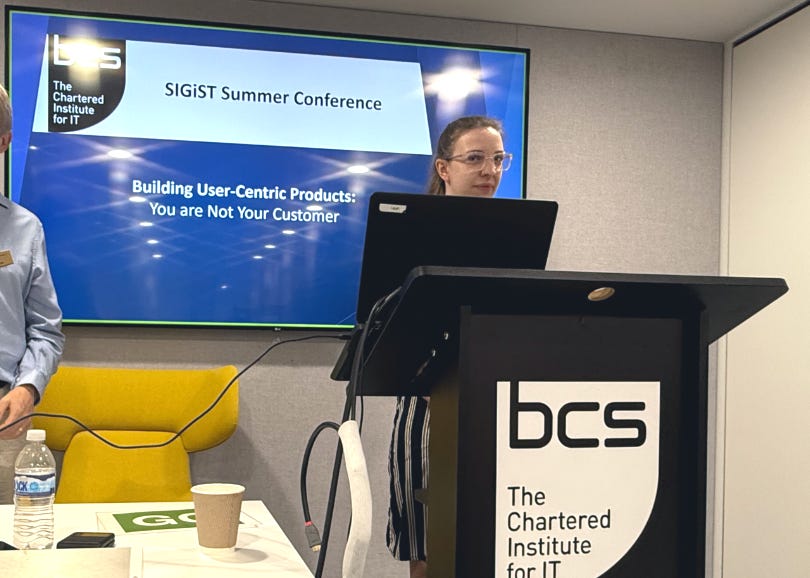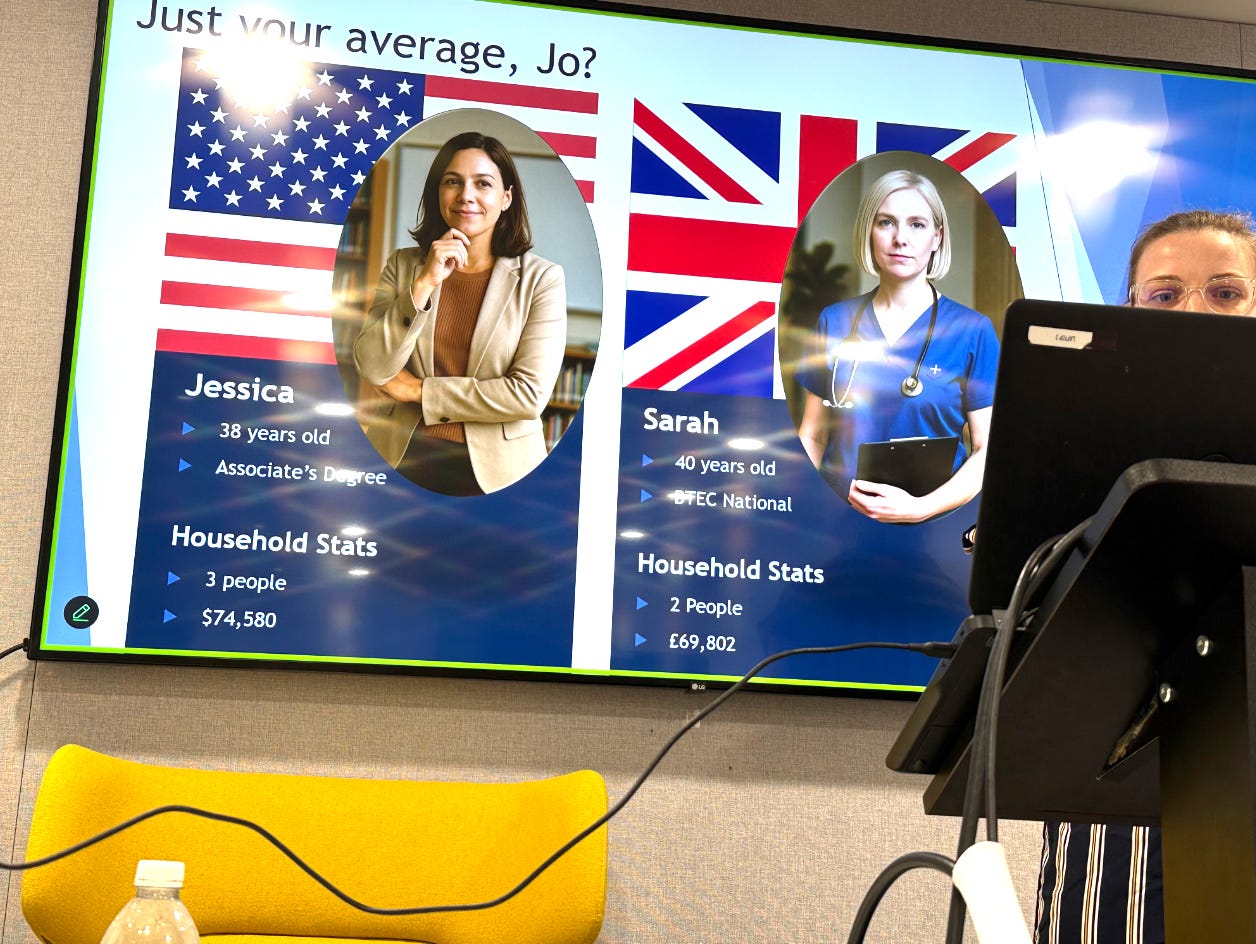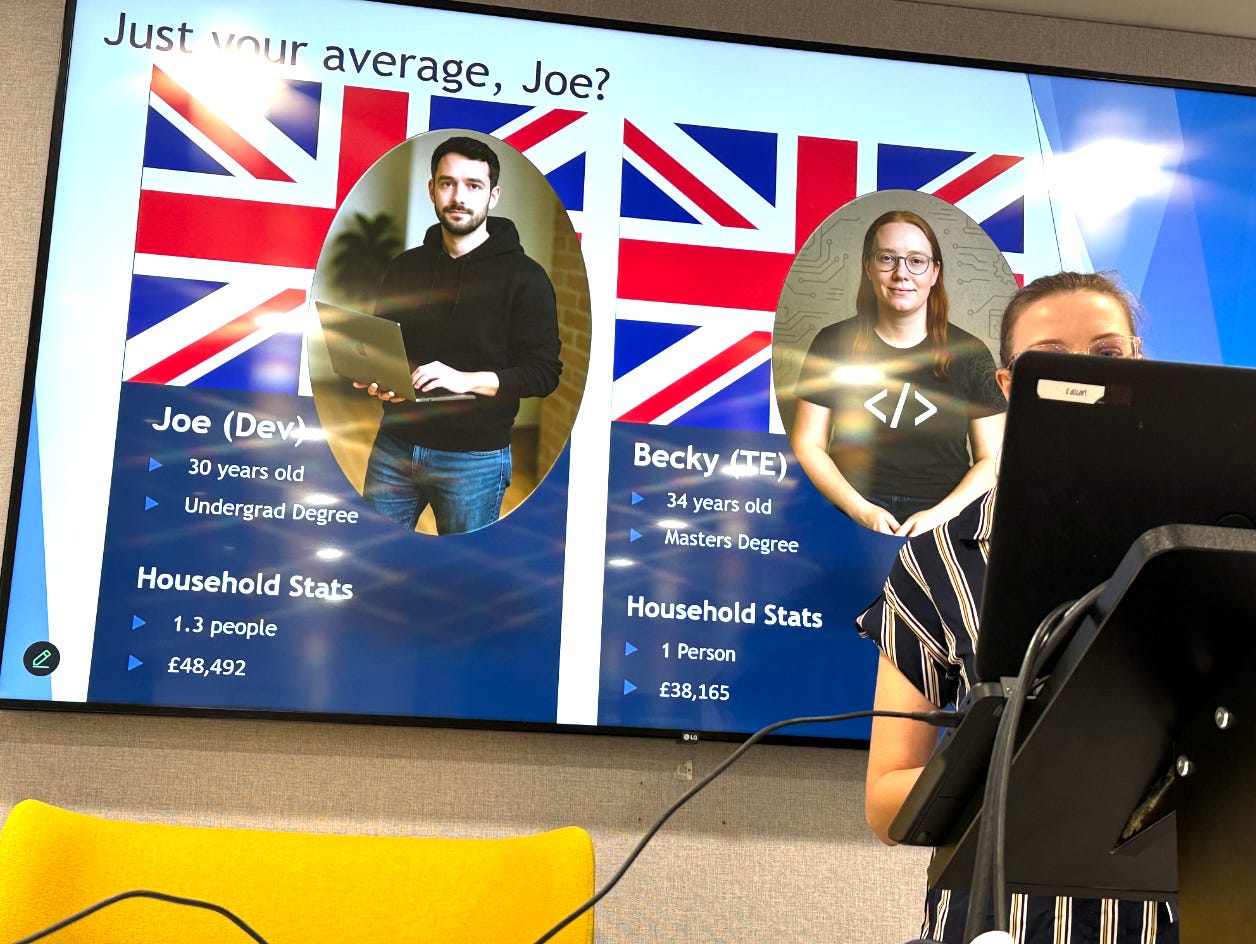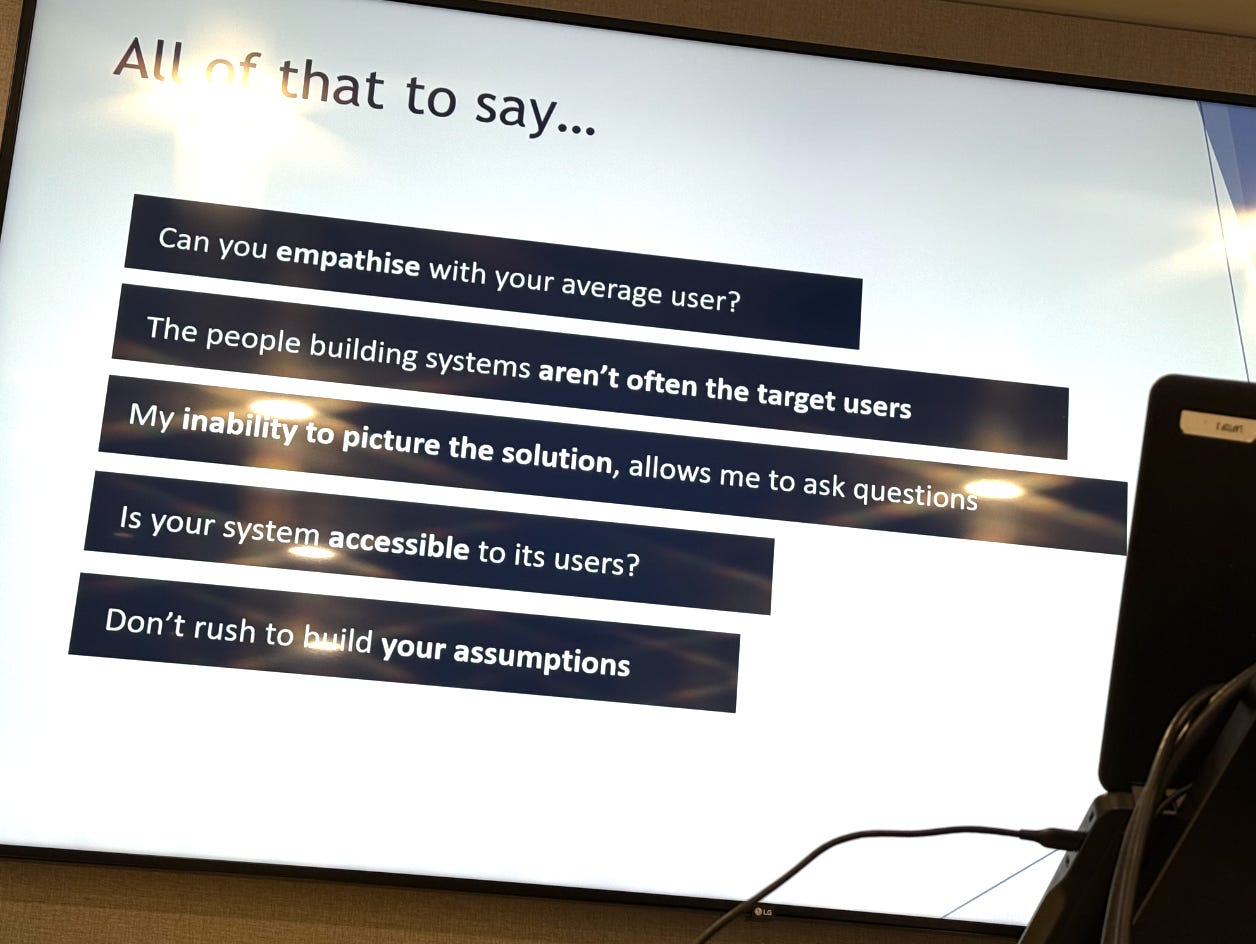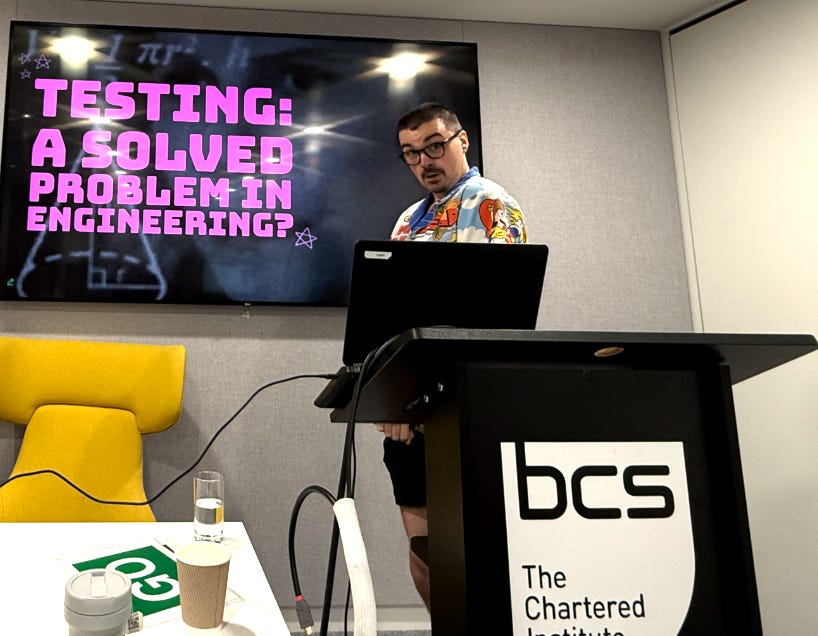My notes from BCS SIGiST Summer Conference
My personal notes from BCS SIGiST Summer Conference 2025.
Here are my notes from BCS SIGiST Summer Conference 2025. A mix of talk summaries, reflections, and key takeaways from the sessions that stood out to me.
If you're after my overall impressions of the conference, head to: Top 3 Takeaways from British Computing Society, Software Testing Conference 2025
This post includes write-ups on:
Testing: a solved problem in engineering? - Callum Akehurst-Ryan
Failure Is Not an Option: Testing for Resilient Space Systems - Beth Probert
And highlights from:
This is a lengthy post, so it may be best viewed online, as email clients can sometimes truncate the content.
You are not your customer - Emily O'Connor
Key Takeaways
Assumptions can help uncover new use cases, but they can also hide bias and blind spots
Average users are rarely represented in development teams, so we must actively challenge our defaults
Biases around age, gender, education, and income affect how systems are experienced
Not everyone thinks or perceives the same way. Understanding this can help us design and test more inclusively
Constraints can be strengths. Emily’s unique perspective showed how asking more questions leads to deeper insight
AI might support testers in spotting hidden assumptions and improving how we question our systems
Summary
As software testers, assumptions are almost our lifeblood. It’s how we uncover use cases we may have missed or overlooked. Emily’s talk highlighted how powerful it can be to notice where assumptions are being made, then challenge them. This opens up new ways of exploring and understanding systems.
With AI becoming more integrated, I think this could be an exciting opportunity for testers to deepen their skills. It becomes less about the testing itself and more about detecting assumptions, questioning them, and building systems that can check those assumptions and their outcomes.
It also reminded me how our own biases can influence decision-making. This starts to feel more like a psychological skill than a purely technical one. I wonder whether AI tools could help us identify hidden assumptions and support this way of thinking.
Notes
Topic: You Are Not Your Customer
Started off as a developer but liked doing things differently and moved into testing.
Who is the average Jo?
More women than men in the US and UK
Jessica is the most common name
This raised a point about who we assume we’re designing for
What about the dev team?
Be careful of assumptions. Averages hide nuance
In software, this could mean we miss important use cases for real users
Test plans
Often stuck in default formats that don’t reflect real users
This includes things like accessibility, but also different OS versions and setups
Biases and hidden assumptions
Age
Younger users tend to have higher IT literacy
Older generations may not
Gender
Women often have smaller hands
Are clickable areas usable by all on mobile?
Education
Higher levels may make it easier to comprehend language
Are we designing for a range of socio-economic backgrounds?
User journeys
Can users recover or interpret steps, or must they start over?
Income
Higher earners can afford more services and tools
Is this reflected in what we build?
As testers, we need to call these things out.
What are the different ways your system can be used?
What are the socio-technical factors influencing your users?
Looking at things from her point of view
She can’t see images in her mind - Aphantasia
For example: imagine a tree
Most people see a visual image
She doesn’t
Instead, she sees metadata: facts and concepts
This is measured on a five-point scale
Ranges from metadata-only to detailed imagery
Developing a test plan
Her constraint is a kind of superpower
Aphantasia means she has to ask more questions
She can’t make as many assumptions as others, which helps in testing
Emily took us through an example of language apps and all the assumptions we might make
Too many to list, but the main takeaways:
Can you empathise with your average user?
The people building systems aren’t often the ones using them
Her inability to picture solutions helps her ask better questions
Is your system truly accessible?
Don’t rush to build on your assumptions
Testing: a solved problem in engineering? - Callum Akehurst-Ryan
Keep reading with a 7-day free trial
Subscribe to Quality Engineering Newsletter to keep reading this post and get 7 days of free access to the full post archives.


